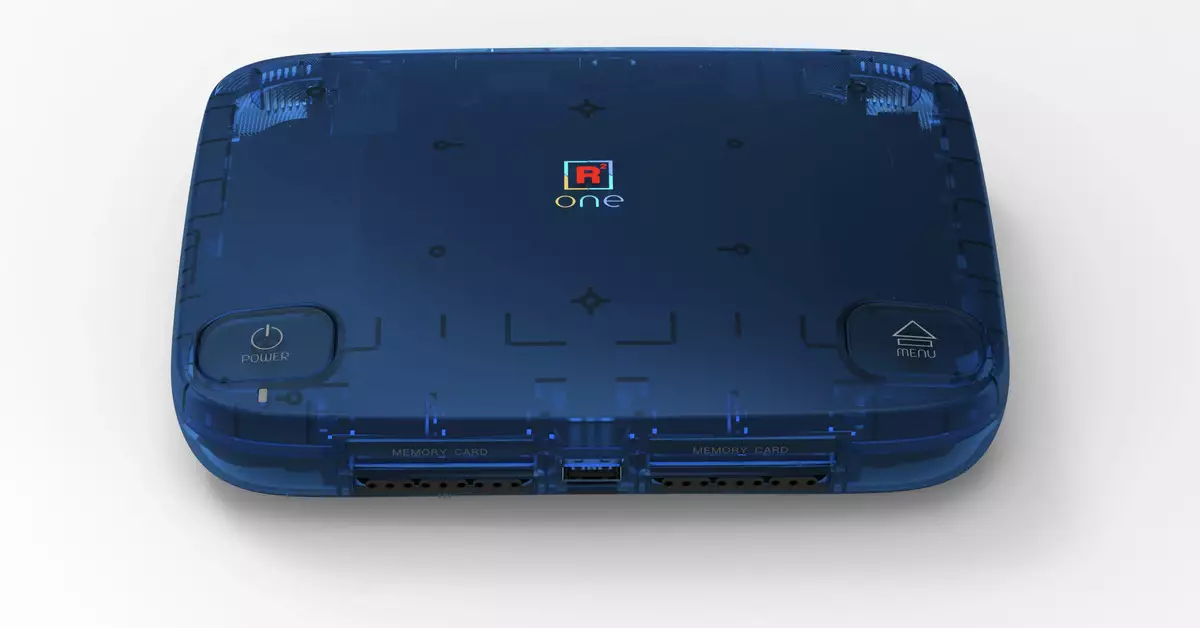In an era where nostalgia for vintage gaming is peaking, Retro Remake has unveiled its latest offering, the SuperStation One. Announced to great fanfare, this console is being marketed as a modern homage to the iconic PlayStation One. Priced at $149.99 for the Founders Edition and $179.99 for the standard version, it has already captured the attention of retro gaming enthusiasts and collectors alike, leading to a rapid sell-out of the Founders Edition. But does the SuperStation One offer a genuine leap in gaming technology, or is it merely another player in a saturated market?
At first glance, the SuperStation One appears to be a straightforward clone, aesthetically reminiscent of the original PlayStation console. However, it houses a more complex technology under the hood. Utilizing a custom MiSTER FPGA architecture, the device doesn’t rely on conventional emulation. Instead, it replicates the hardware functionalities of classic consoles, allowing gamers to experience titles from systems such as the Atari 5200, NES, Sega Saturn, and, of course, the PlayStation itself. This hardware authenticity may appeal to purists yearning for the original experience, but it raises questions—will it be able to match or exceed the gameplay quality of the original consoles?
The SuperStation One is equipped with multiple connectivity options designed to cater to the needs of retro gamers. With ports available for original PlayStation controllers and memory cards, enthusiasts can utilize their existing peripherals, which is a significant advantage. Moreover, the system includes an HDMI output along with VGA, composite, component ports, and more—highlighting its suitability for various display setups, from modern televisions to vintage CRTs. This variety could be a game-changer for gamers who wish to create a nostalgic gaming sanctuary.
Future Plans and Add-ons
Retro Remake’s ambitious plans extend beyond just the SuperStation One. The company has already hinted at future console releases along with an intriguing accessory, the SuperDock, which aims to expand the system’s functionality with a disc drive and additional USB ports. While the SuperDock is not yet available for preorder, the opportunity to reserve a slot with a nominal deposit displays Retro Remake’s strategy for building a dedicated community around its products. However, the vagueness surrounding the timeline for these developments may leave potential buyers wondering about the value of investing in the SuperStation One at this point.
While the SuperStation One undoubtedly has its merits, including a unique hardware design and compatibility with a broad range of games, potential buyers must critically assess its place in the marketplace. Will the authentic performance capabilities hold up against the original consoles? Can Retro Remake sustain its momentum to deliver on promised future expansions? For retro gaming fans, the allure of nostalgia and modern tech might be compelling enough to take the plunge, but the product’s actual impact remains to be seen. As it stands, the SuperStation One is both a nostalgic callback and a potential risk—one that could either redefine retro gaming or fade into obscurity like many other clones before it.


Leave a Reply